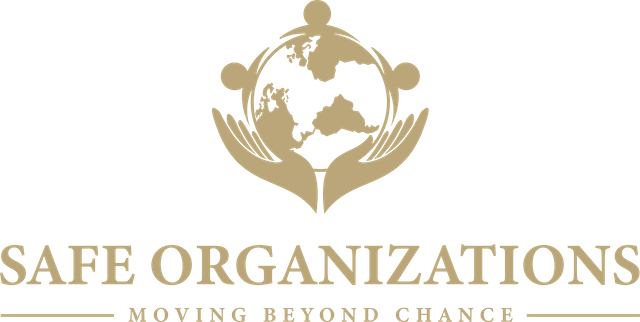Cultural Humility
I walked into the room ready to facilitate the first session of a 12-month course on how to partner with people enrolled in programs. There was a strong indication that not all 20+ members of this cohort were happy to be taking a year-long course. They shortly confirmed my perception, informing me that their director had mandated this learning track. It was “one more thing” added to their workload. When each person was asked to select a picture card that represented their feelings about beginning the course, one person explained her selection of a clock by flatly stating, “Tic-toc. I hope you are not going to waste my time.” I looked at her. I saw her. I stated, “I’m glad you said that. Let’s talk about how all of you can hold me and yourselves accountable for your time not being wasted.”
This person had felt her autonomy was being blighted by someone else’s power. It did not matter to her whether the act was intentional or unintentional. If employees often feel this way, imagine what it is like for the people who participate in organizational services. Typically, the organization defines the models of wellness, mental health, marketing, education, and goals that are intended to better the lives of community members. Often the community members have limited say in the services that someone else has decided are good for them. And how do people in charge typically determine what is good, right, or okay? That determination is frequently grounded in cultural bias and/or the ability to misuse privilege inherited within certain aspects of one’s identity.
While we are often comfortable enough with diversity trainings, we tend to shy away from deep, reflective learning that elicits interpersonal tension, vulnerability, and inner discord. Without navigating these uncomfortable experiences, we cannot transform our own mindsets that hamper social justice work. From my safeguarding and human protection experience of over 25 years, I can assert that most safeguarding issues are rooted in power dynamics. In turn, power dynamics are rooted in forms of unidentified, accepted, and/or unquestioned prejudice. For example, child maltreatment is historically due to an internalization of adultism. Many incidents of sexual exploitation and abuse are based on how a person’s worth is perceived according to their race, socioeconomic status, sex, religious preference, or gender. Yet, we do not routinely address these issues beyond brief and generic trainings.
I have heard many senior managers say that addressing risk and harm to people’s cultural identities is the “softer” side of safeguarding and of lower priority. However, when we guard (just like bodyguarding), the aim is to keep harm from happening. With cultural bias and prejudice operating as root factors in harm, a preventative focus on culture is hardly the softer side of safeguarding. People seen as less than others in worth become targets. When people feel they are targets, their sense of personal and constructive power can be dangerously compromised. The path to victimization is strengthened and merely labeling people who are hurting as “survivors” is a deflection.
I get it. The work of cultural humility is tough. It means that we must look at ourselves honestly and relinquish power to support the power of others. The fear involved in the process was the reason for the 12-month reflective course mentioned in the opening of this article. It is the reason I responded to the advocate with openness and genuine shared power. Together, the cohort members created a courageous and safe environment where they took off their professional hats to address real safeguarding issues stemming from their own fears and judgments. Other cohorts followed. The impact on the employees, their own families, enrolled community members, and the organization as whole was remarkable.
Currently in safeguarding we emphasize “zero tolerance” for maltreatment. I see value in emphasizing no tolerance for lack of critical thinking and cultural humility. Systemic prejudice exists within nonprofits and NGOs and is a primary gateway to various forms of abuse. We simply cannot continue to duck behind more policies and procedures in place of learning to practice cultural humility.
